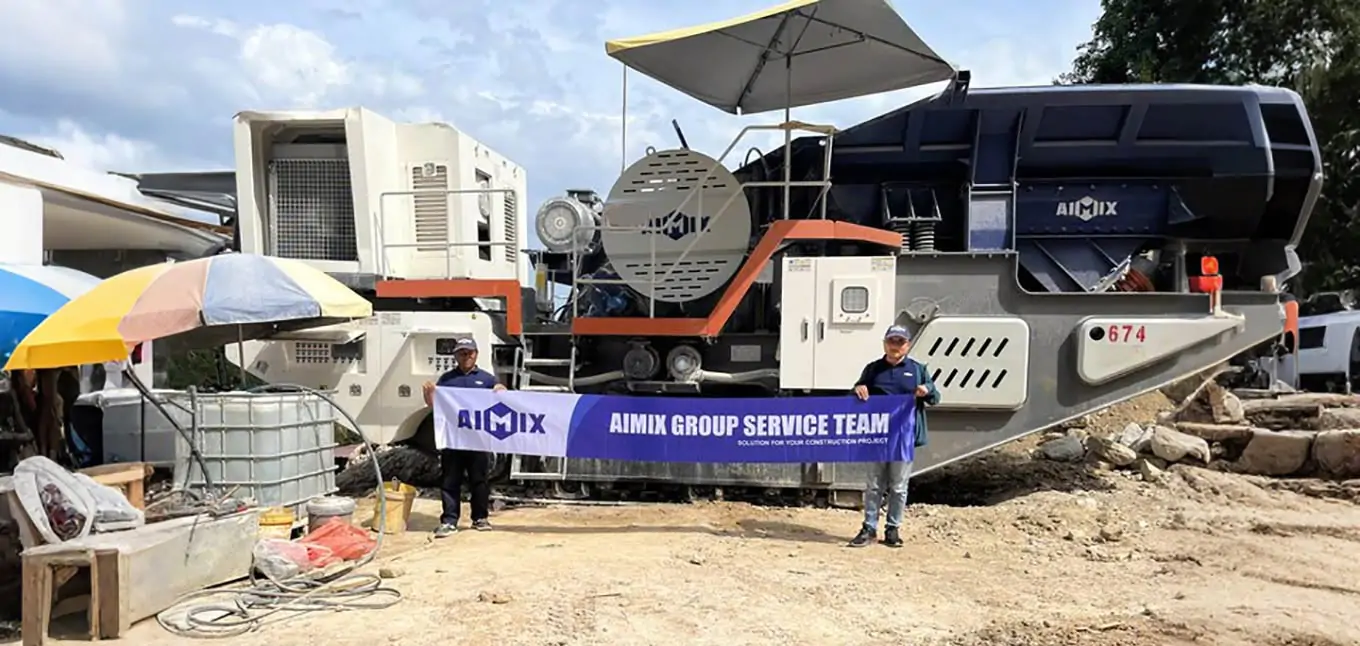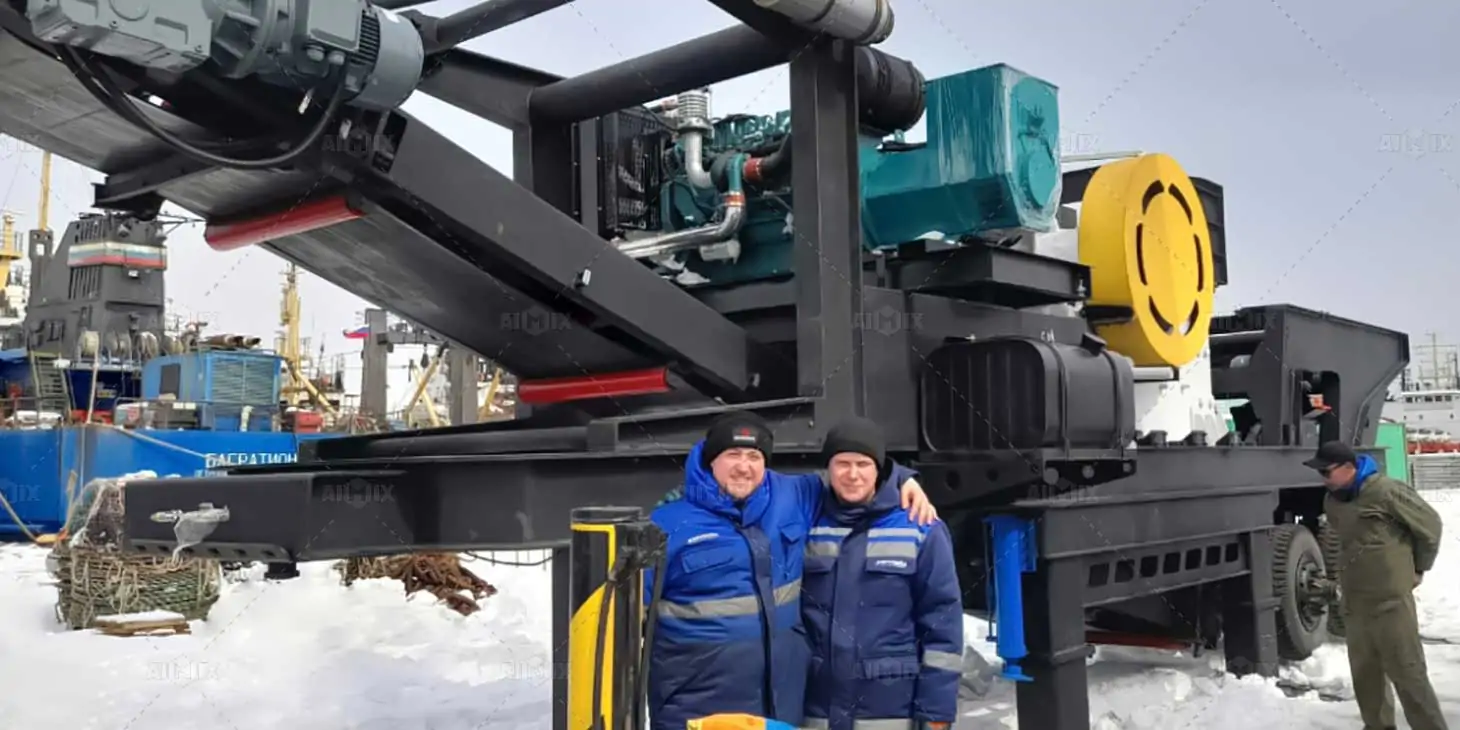From Rock to Aggregate: How to Optimize Your Granite Crusher for 10-40mm Aggregate Production
 aimixmachine
aimixmachineGranite, with its interlocking crystalline structure and formidable hardness, presents unique challenges in aggregate production. Unlike softer sedimentary rocks, its high compressive strength and abrasiveness demand carefully calibrated crushing strategies to achieve the desired 10-40mm output. This article explores how to refine your granite crushing process, balancing efficiency, yield, and product consistency.
Understanding Granite’s Unique Crushing Characteristics
Granite’s mineral composition—primarily quartz and feldspar—dictates its behavior under mechanical stress. The rock’s propensity to fracture along grain boundaries means granite crusher machine must apply sufficient energy to cleave these bonds without generating excessive fines. A key challenge lies in minimizing the production of undersized particles while maintaining throughput.
The angularity of crushed granite also affects compaction and interlock in final applications, making consistent sizing critical. Operators must account for variations in feed material, as geological inconsistencies can alter breakage patterns. Pre-screening to remove undersized material before primary crushing helps stabilize feed quality and reduces unnecessary wear on downstream equipment.

Optimizing Crusher Configuration for Precise Output
Achieving the 10-40mm range requires meticulous attention to crusher setup. Jaw crushers with deep crushing chambers and aggressive nip angles excel at primary reduction, producing a well-graded feed for secondary cone crushers. For the latter, selecting the right mantle and concave profile is paramount. A medium-coarse chamber paired with a steady feed rate ensures efficient interparticle crushing, reducing the risk of over-grinding.
Rotor speed in impact crushers must be carefully modulated—too high, and excessive fines result; too low, and oversized particles dominate. Modern crushers with adjustable eccentric throws or hydraulic settings allow real-time tuning to accommodate fluctuations in feed size or hardness. Incorporating a tertiary crushing stage with closed-circuit screening further refines the product, recycling oversize material for additional passes.

Enhancing Efficiency Through Operational Best Practices
Sustained performance hinges on proactive maintenance and process monitoring. Regularly inspecting wear parts, such as liners and blow bars, prevents unexpected downtime and ensures consistent product gradation. Tracking power draw and vibration patterns can reveal inefficiencies, such as improper feed distribution or cavity blockages, before they escalate.
To maximize yield within the target range, operators should prioritize choke-fed crushing over intermittent feeding. This approach stabilizes pressure within the chamber, promoting interparticle breakage and reducing energy waste. Additionally, integrating air classifiers or water sprays can mitigate dust generation without compromising particle integrity.
A holistic approach—combining crushing equipment optimization, real-time adjustments, and disciplined maintenance—transforms granite’s inherent challenges into a competitive advantage. By fine-tuning each stage of the crushing circuit, producers can reliably deliver high-quality 10-40mm aggregate tailored to exacting specifications.
Subscribe to my newsletter
Read articles from aimixmachine directly inside your inbox. Subscribe to the newsletter, and don't miss out.
Written by

aimixmachine
aimixmachine
AIMIX is a customer-center-oriented heavy equipment manufacturer and supplier, devoted to production, innovation, combination, one-stop solution, etc. https://aimixgroup.com/